Dupuytren's Fasciectomy: aftercare advice
Information for patients from the Hand Therapy Service
You have had surgery for a condition called Dupuytren's disease. For more information on the disease, please read the Trust's Dupuytren's disease leaflet.
Over the next few weeks you will be given advice by your therapist about your rehabilitation and the management of your hand. Getting a good result from this surgery is directly related to the effort you put into your rehabilitation, so please follow the advice and guidance below.
This leaflet will:
explain what Dupuytren's disease is
how to care for your wound at home
how to use your splint, and
outline the exercises you need to do to help your recovery.
If you have any questions after reading this leaflet, please speak to your therapist.
How do I care for my hand / finger(s) after surgery?
Following your surgery, it is important to follow the rehabilitation steps below to help with your recovery. The effort you put in, will significantly increase your chances of a positive end result from this surgery.
General advice
To help reduce swelling and stiffness, keep your hand elevated (raised) as much as possible. Remember not to walk with your hand dangling down by your side, and do not sit with your hand held in your lap.
Keep your shoulder and elbow moving regularly. This will prevent stiffness and improve circulation throughout your arm.
-
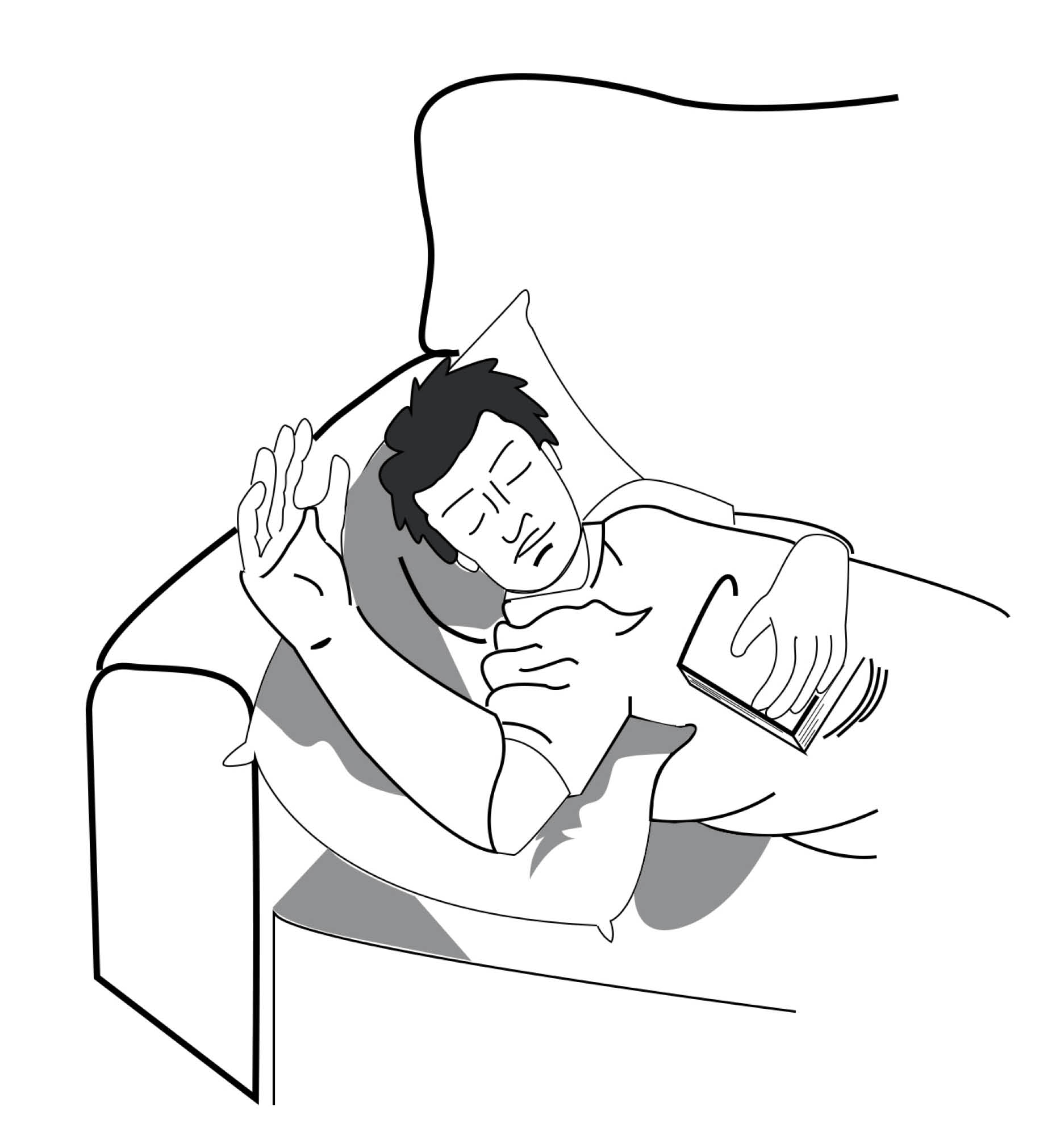 Example of good hand elevation while lying down
Example of good hand elevation while lying down -
 Example of good hand elevation while sitting
Example of good hand elevation while sitting
Compared to non-smokers, smokers are more likely to have complications in tissue healing and infections after surgery. For free friendly support and medication to help you stop smoking, contact One You Kent Smokefree Call: 0300 123 1220 or email or visit their web site.
Wound care
Keep your wound and dressings dry at all times. If your dressing does get wet you will need to have this changed either by your GP or at an Urgent Treatment Centre.
Your dressing should be changed every three to four days, unless you have been told otherwise by your therapist.
Your stitches will be removed approximately 10 to 14 days after surgery.
Non-dissolving stitches need to be removed by your GP, by your consultant at your follow-up clinic appointment, or by your therapist.
Dissolving sutures will slowly disappear / fall out on their own, from around 10 to 14 days after surgery. For some people they can take several weeks to fully disappear.
Once your wound has healed, you should begin scar massage. Your scar will fade over time, which can take up to two years or more. However, there are some things you can do to help it heal, and scar massage can help improve how it looks. For more information, please read our Scar massage leaflet or speak to your therapist.
If you have any concerns about your wound, please contact your therapist, your GP, or your nearest Urgent Treatment Centre.
Splint care
You must wear your splint all day and night for the first two weeks. Remove it only for exercises and to wash yourself.
The splint can cause your fingers to be stiff in the morning, this is normal.
After two weeks, you must continue to wear your splint at night for six months. This will prevent your scar from becoming tight and your contractures from returning.
Do not alter your splint.
Do not put your splint near hot surfaces / objects, such as radiator or a hot water bottle.
Make sure your splint does not rub or cause any swelling or irritation.
You may wash your splint in lukewarm water. Towel dry thoroughly before placing it back on your hand.
Exercises
You need to complete the following exercises for the first four weeks after your surgery. After this time, follow the instructions given to you by your therapist.
The exercises should not be painful, but may feel slightly uncomfortable as your fingers and hand stretch.
Each exercise should be completed five times, every two hours.
Always exercise gently and slowly.
Hold your position for 5 seconds at your end of range.
Always start and finish each exercise with your fingers as straight as possible.
Table top to flat fist exercise
-
 1. Start with your fingers as straight as possible.
1. Start with your fingers as straight as possible. -
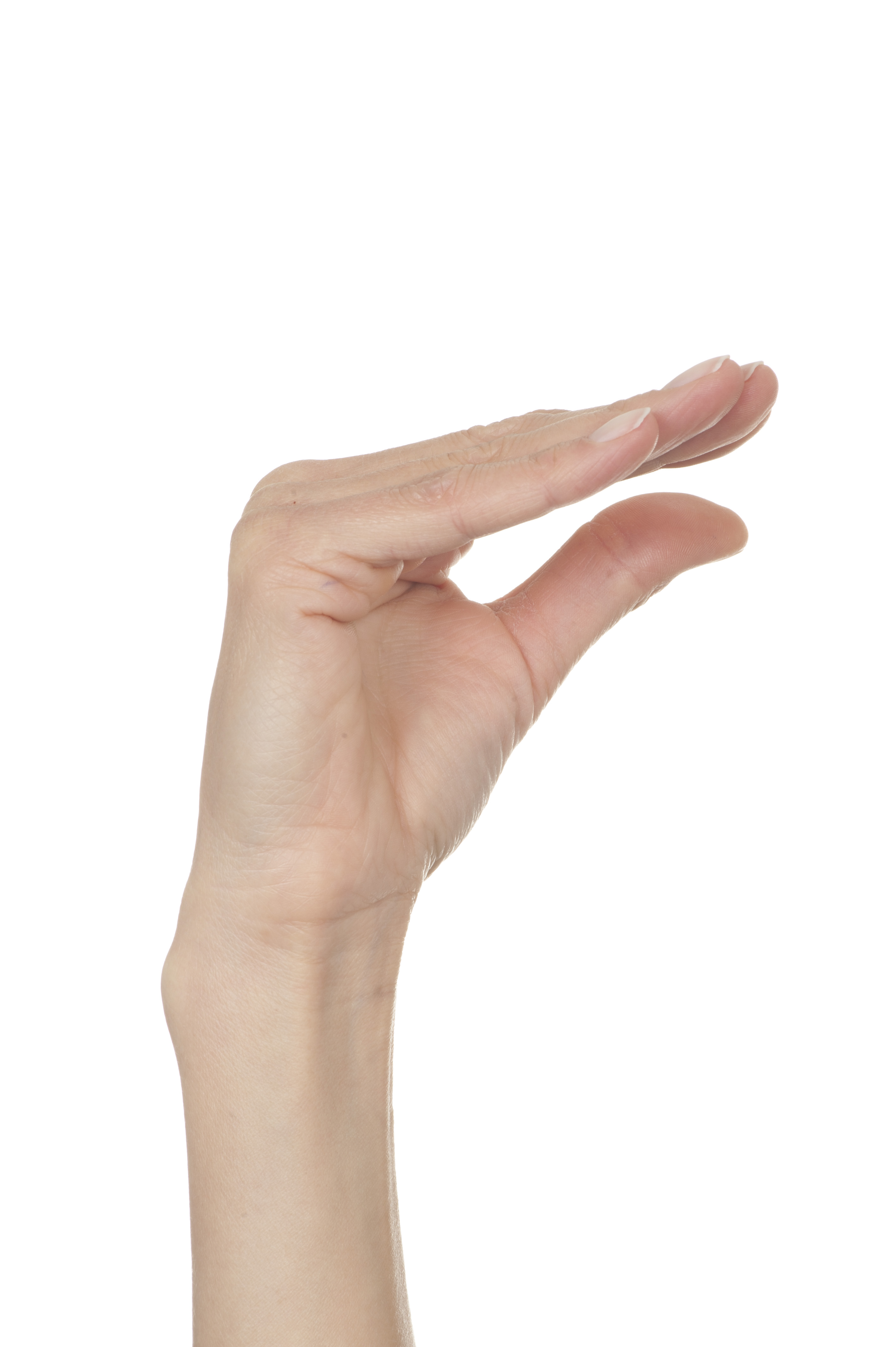 2. Keeping your fingers straight, slowly lower them towards your palm.
2. Keeping your fingers straight, slowly lower them towards your palm. -
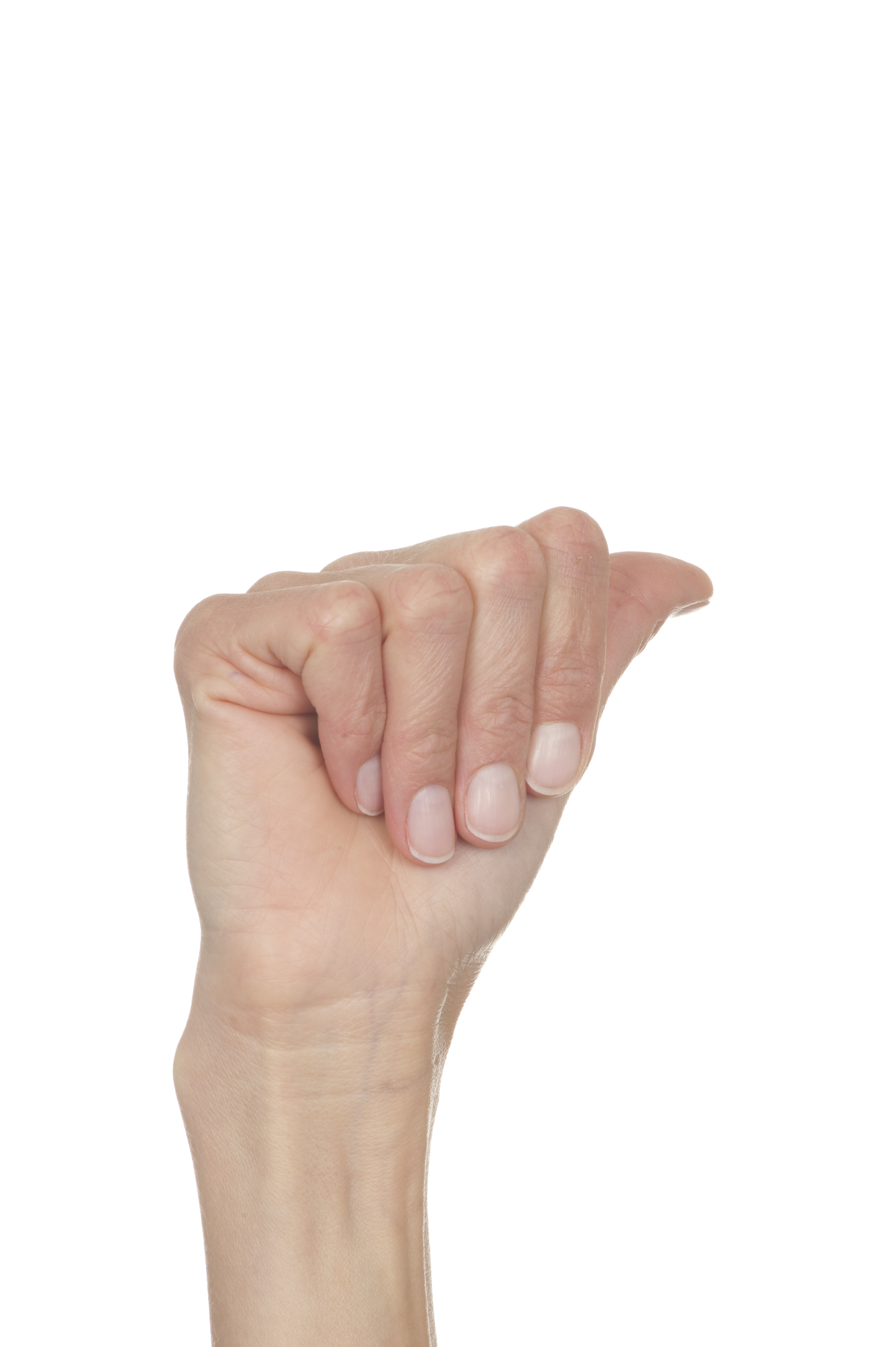 3. Now bend your fingers, so they are touching your palm.
3. Now bend your fingers, so they are touching your palm. -
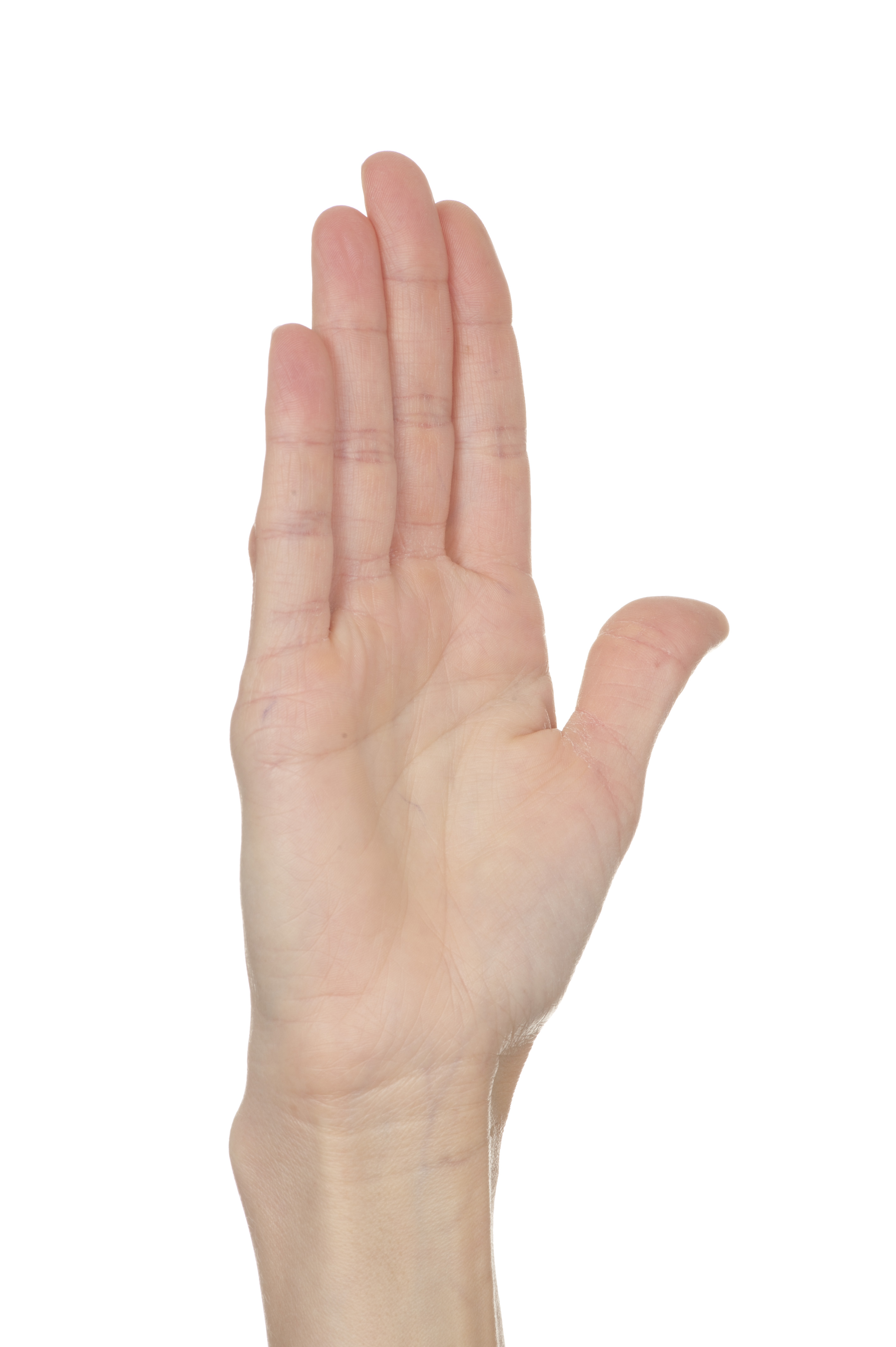 4. Bring your fingers back up, so they are as straight as possible.
4. Bring your fingers back up, so they are as straight as possible.
Hook to full fist exercise
-
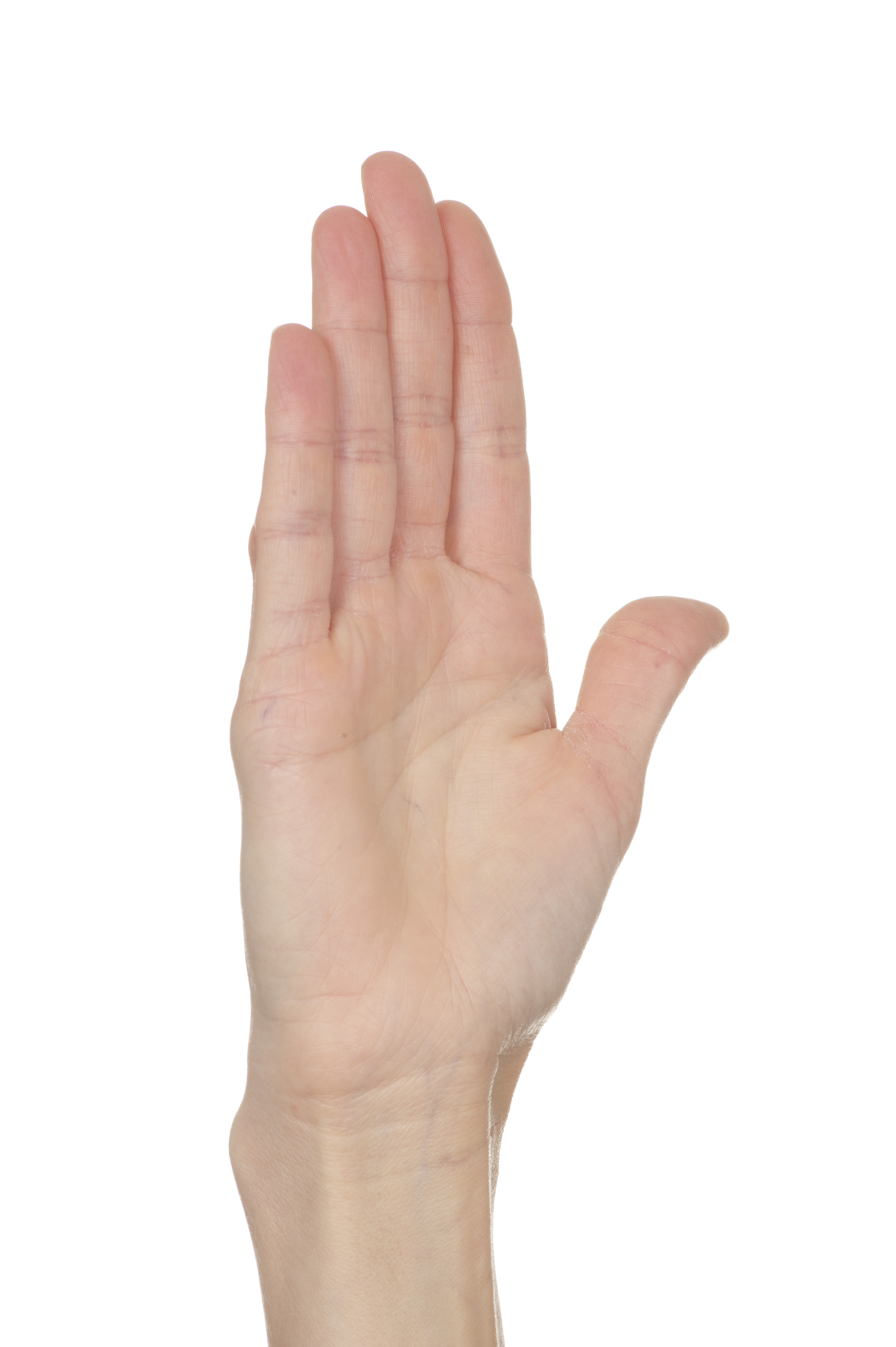 1. Start with your fingers as straight as possible.
1. Start with your fingers as straight as possible. -
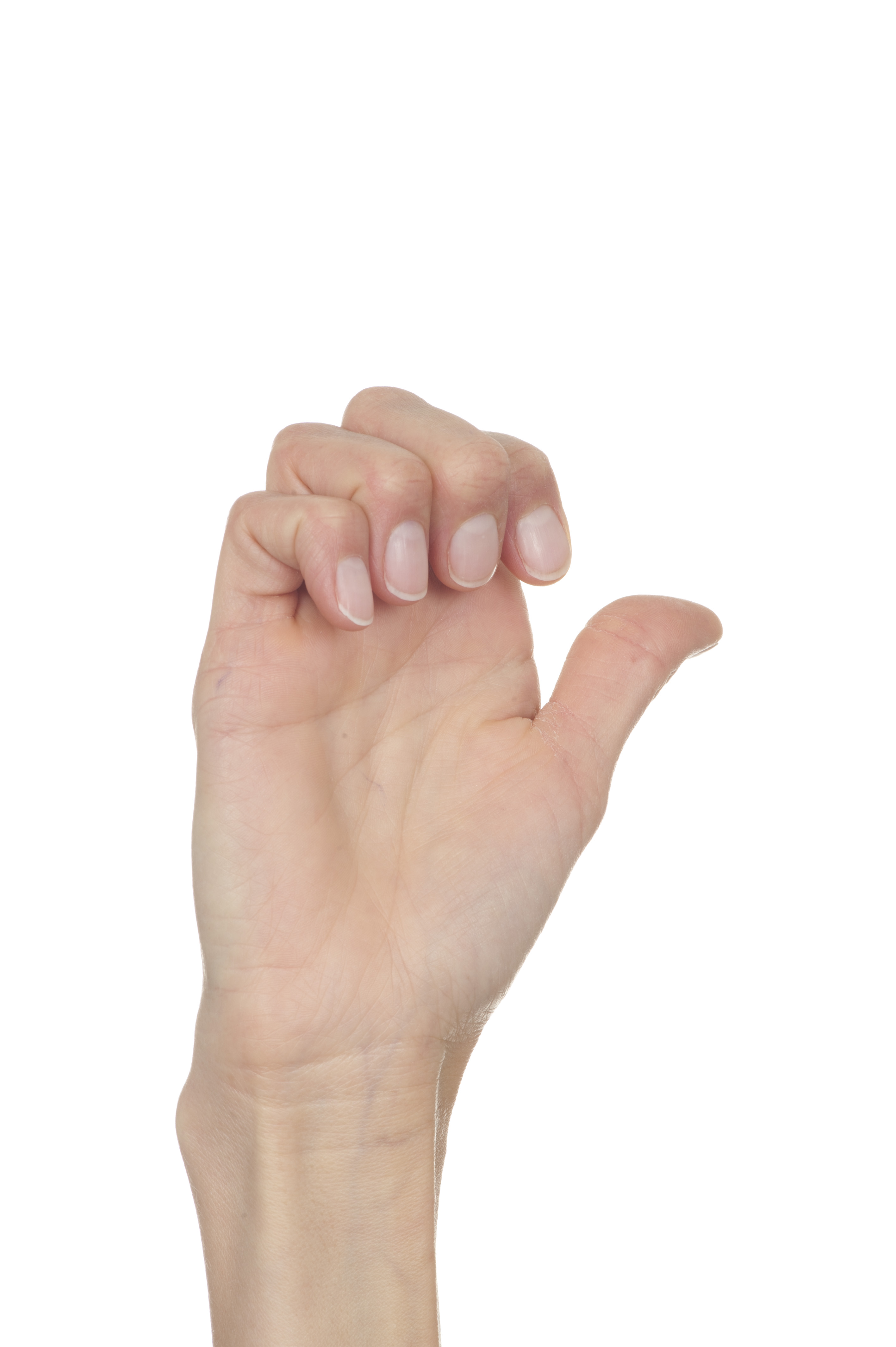 2. Bend your fingers.
2. Bend your fingers. -
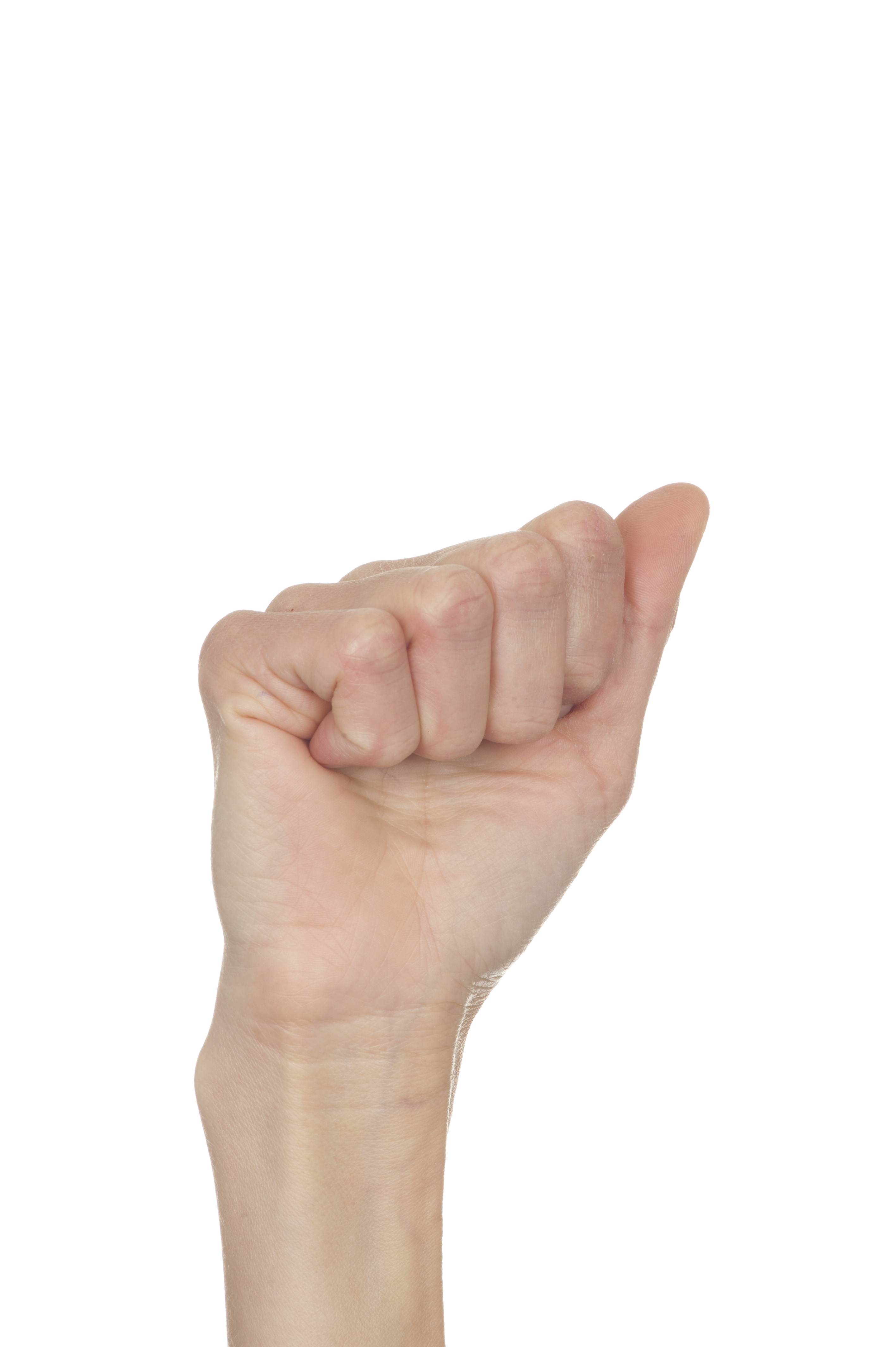 3. Continue bending, until you are making a full fist with your hand.
3. Continue bending, until you are making a full fist with your hand. -
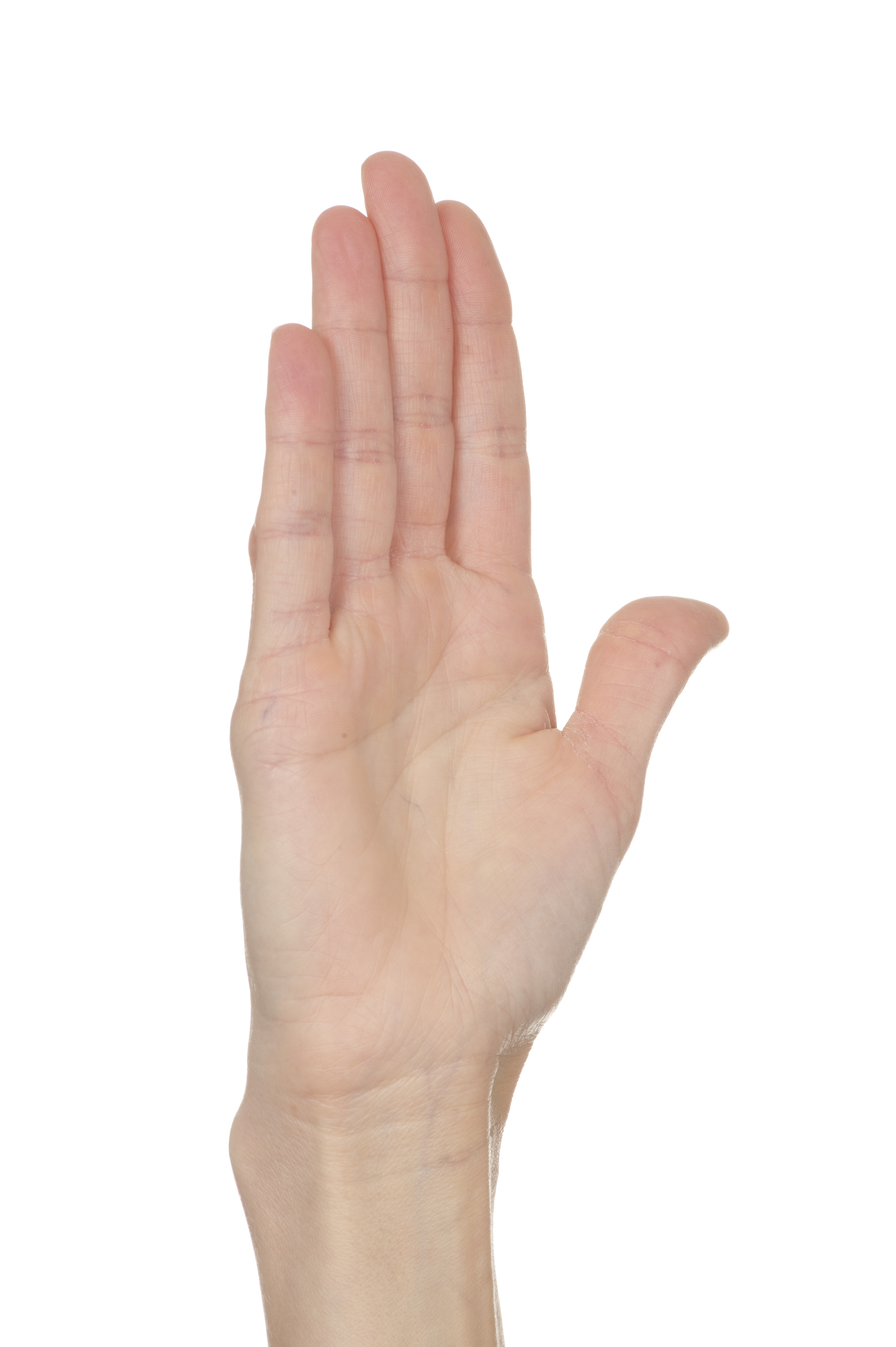 4. Bring your fingers back up, so they are as straight as possible.
4. Bring your fingers back up, so they are as straight as possible.
Touch each finger tip in turn with the tip of your thumb
-
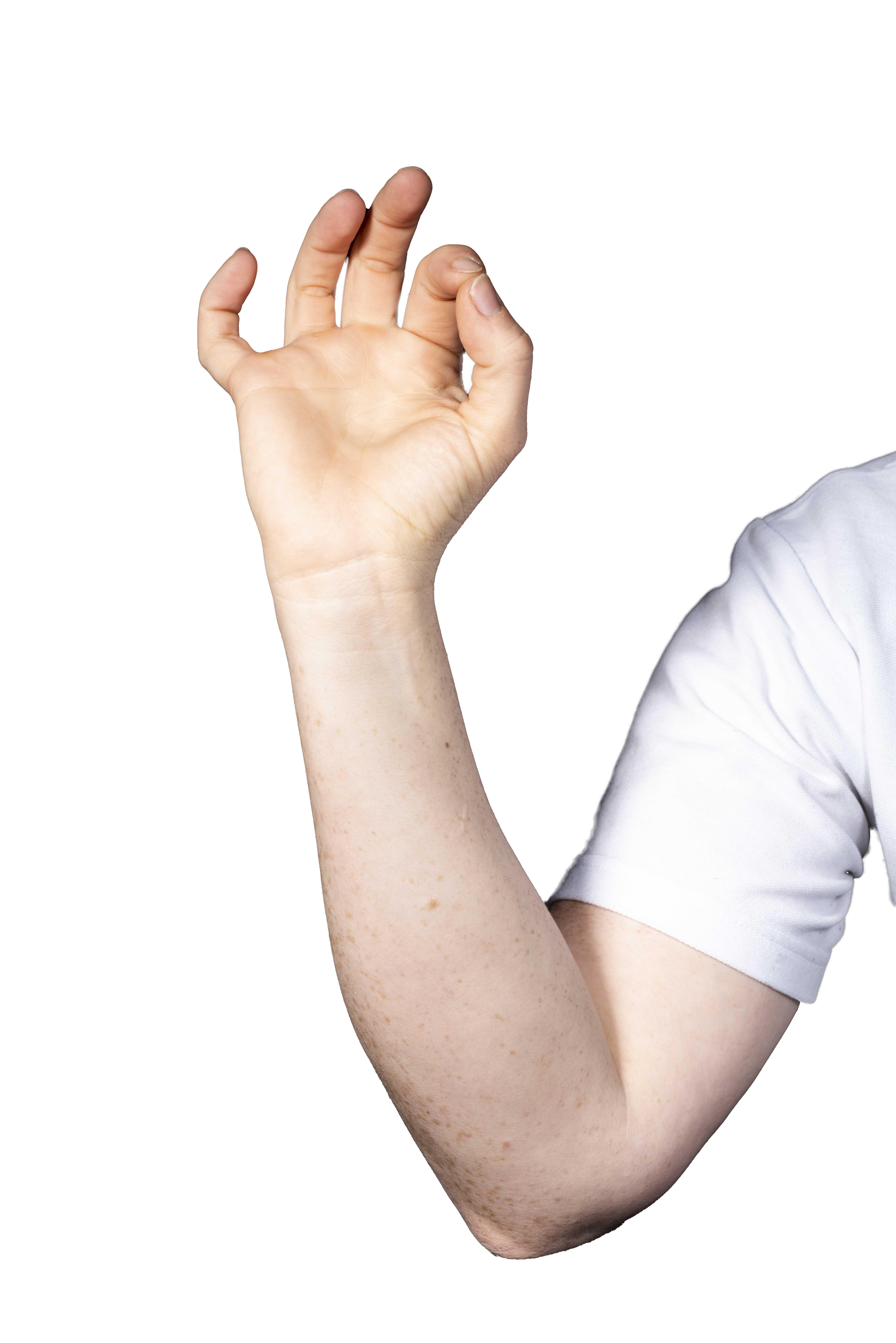 1. Touch your thumb to your index finger.
1. Touch your thumb to your index finger. -
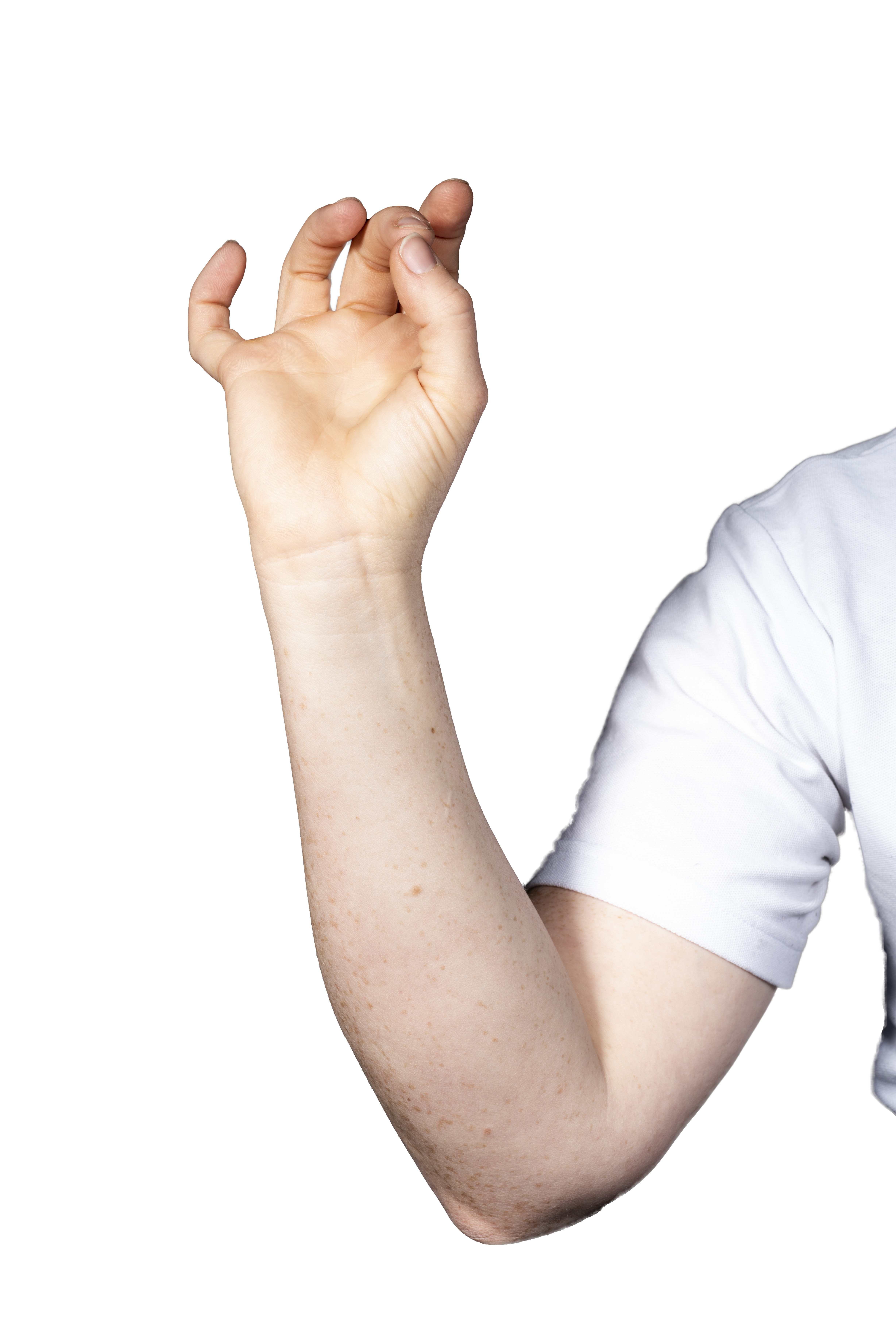 2. Touch your thumb to your middle finger.
2. Touch your thumb to your middle finger. -
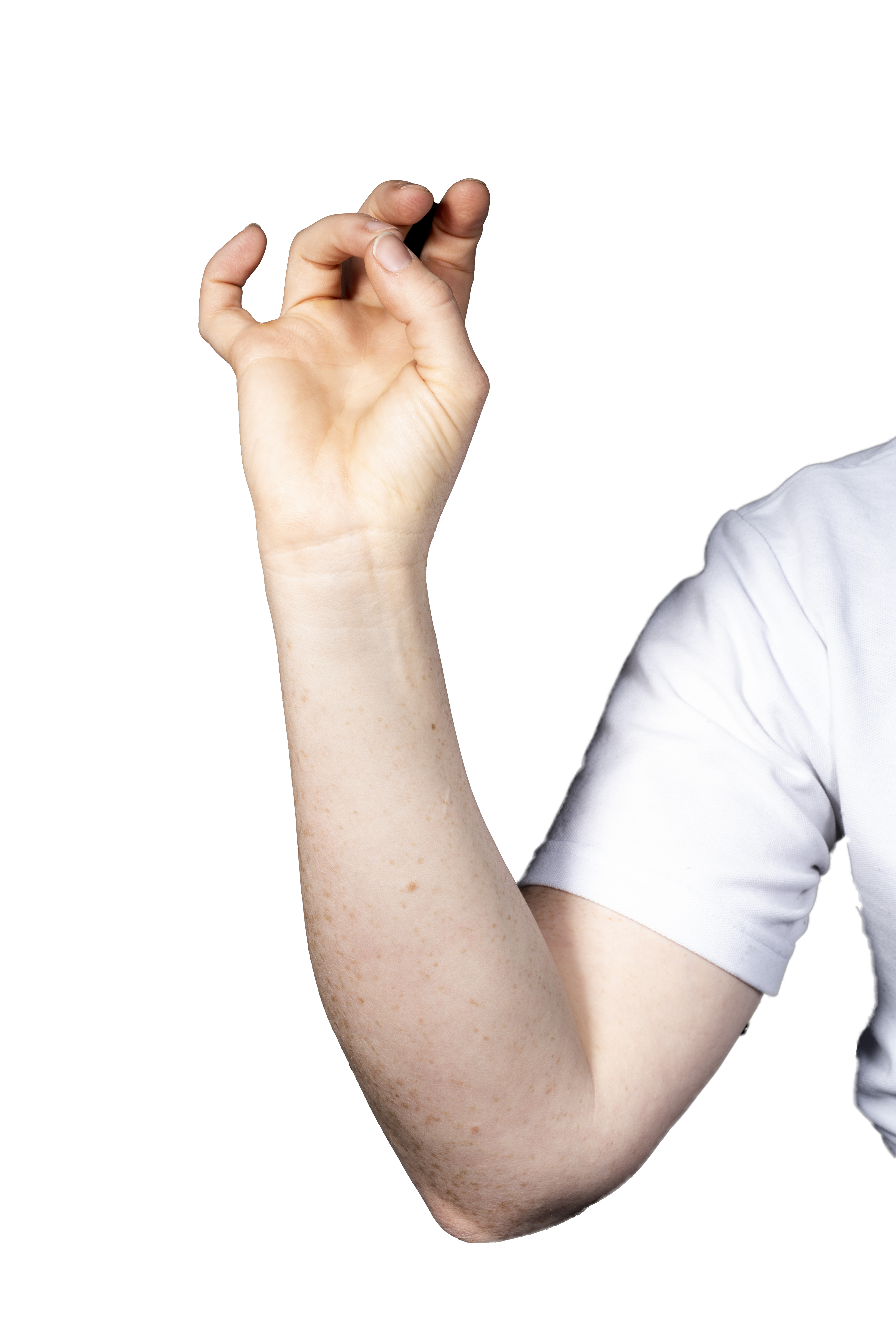 3. Touch your thumb to your ring finger.
3. Touch your thumb to your ring finger. -
 4. Touch your thumb to your little finger.
4. Touch your thumb to your little finger.
Spread your fingers apart as far as possible and back
-
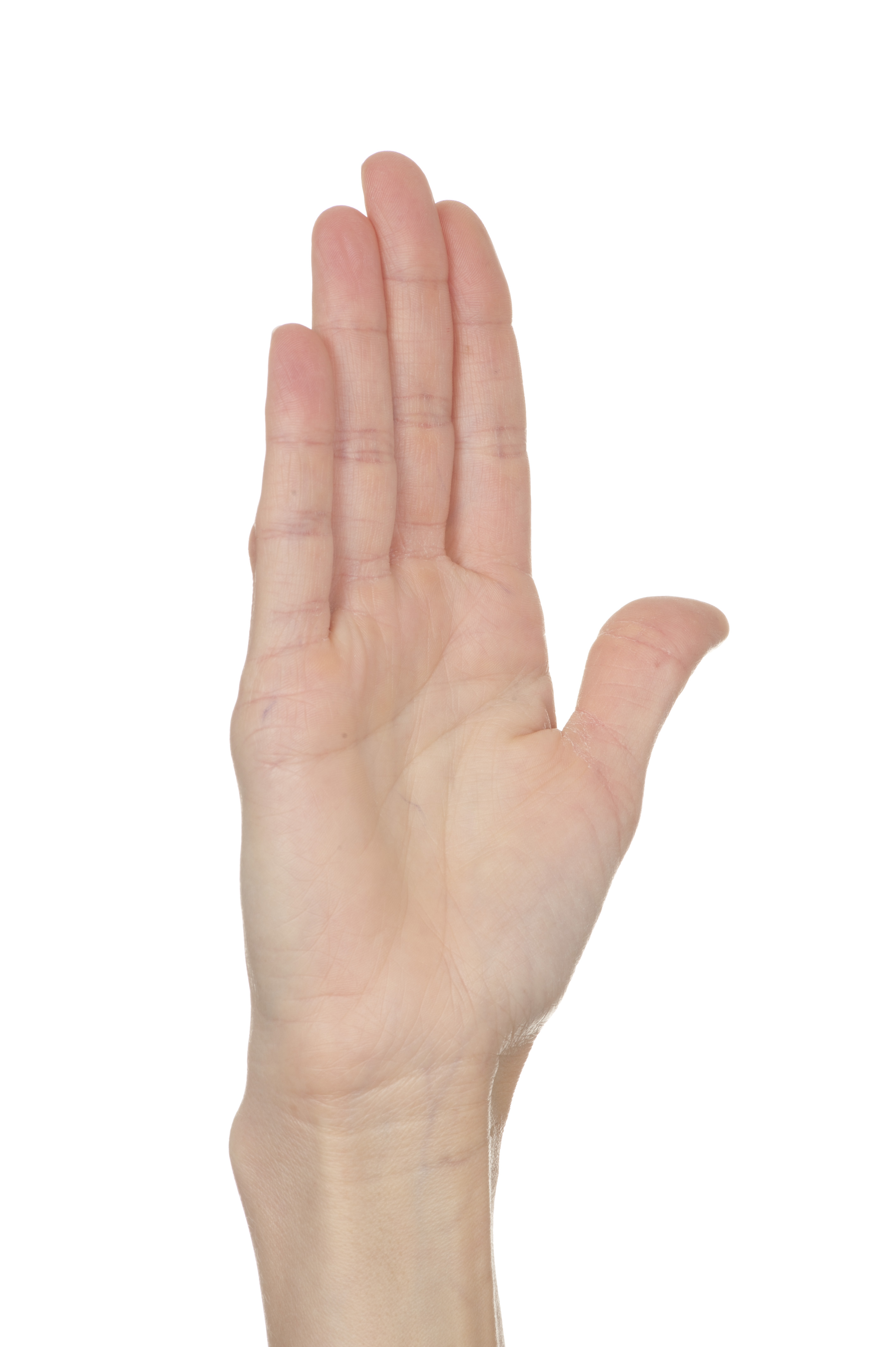 1. Start with your fingers as straight as possible.
1. Start with your fingers as straight as possible. -
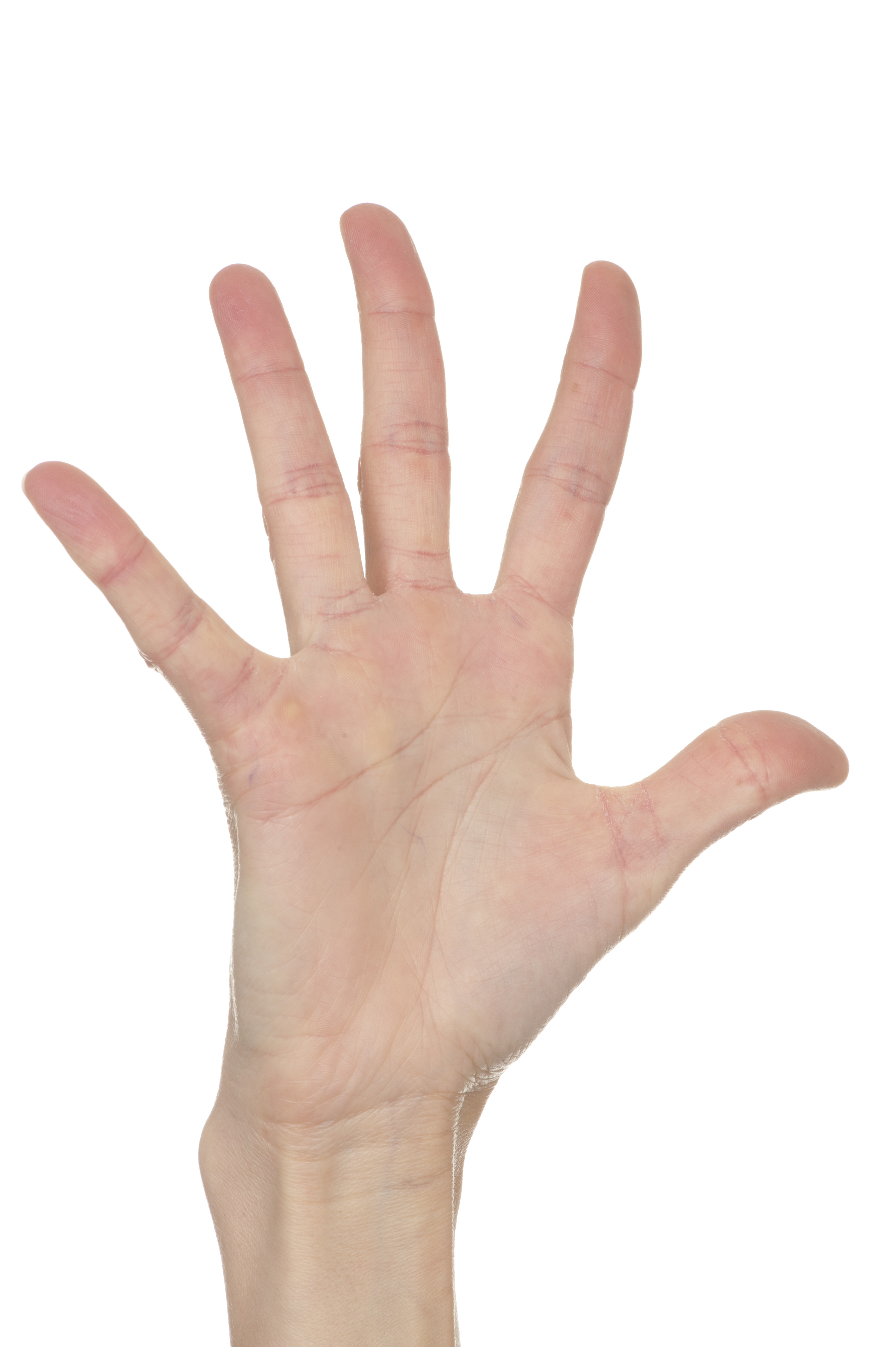 2. Spread your fingers as far apart as possible.
2. Spread your fingers as far apart as possible. -
 3. Bring your fingers back up, so they are as straight as possible.
3. Bring your fingers back up, so they are as straight as possible.
With your hand palm up on the table, try to touch all of the tips of your fingers to the table
-
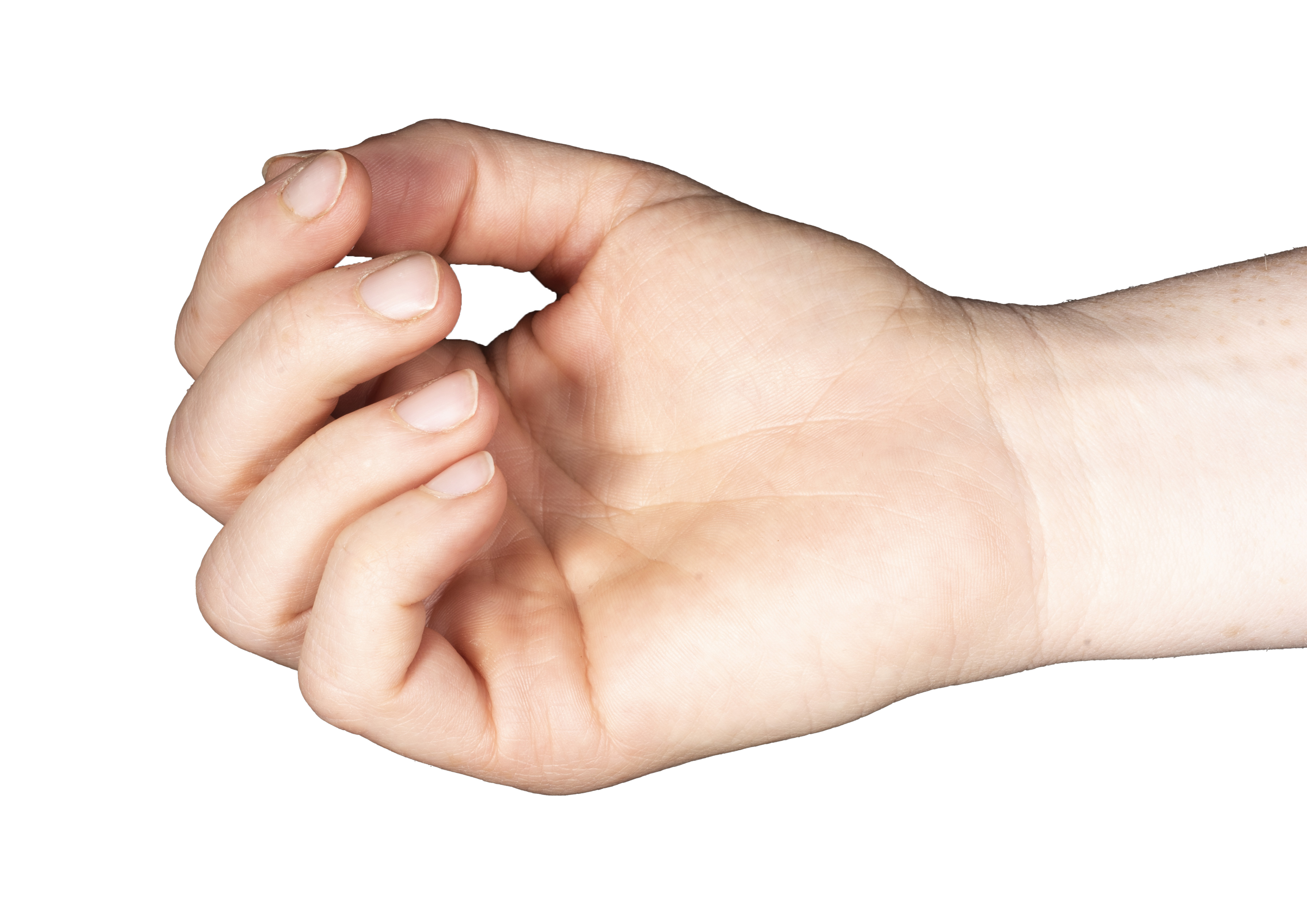 1. Rest your hand on a table, with your palm facing up.
1. Rest your hand on a table, with your palm facing up. -
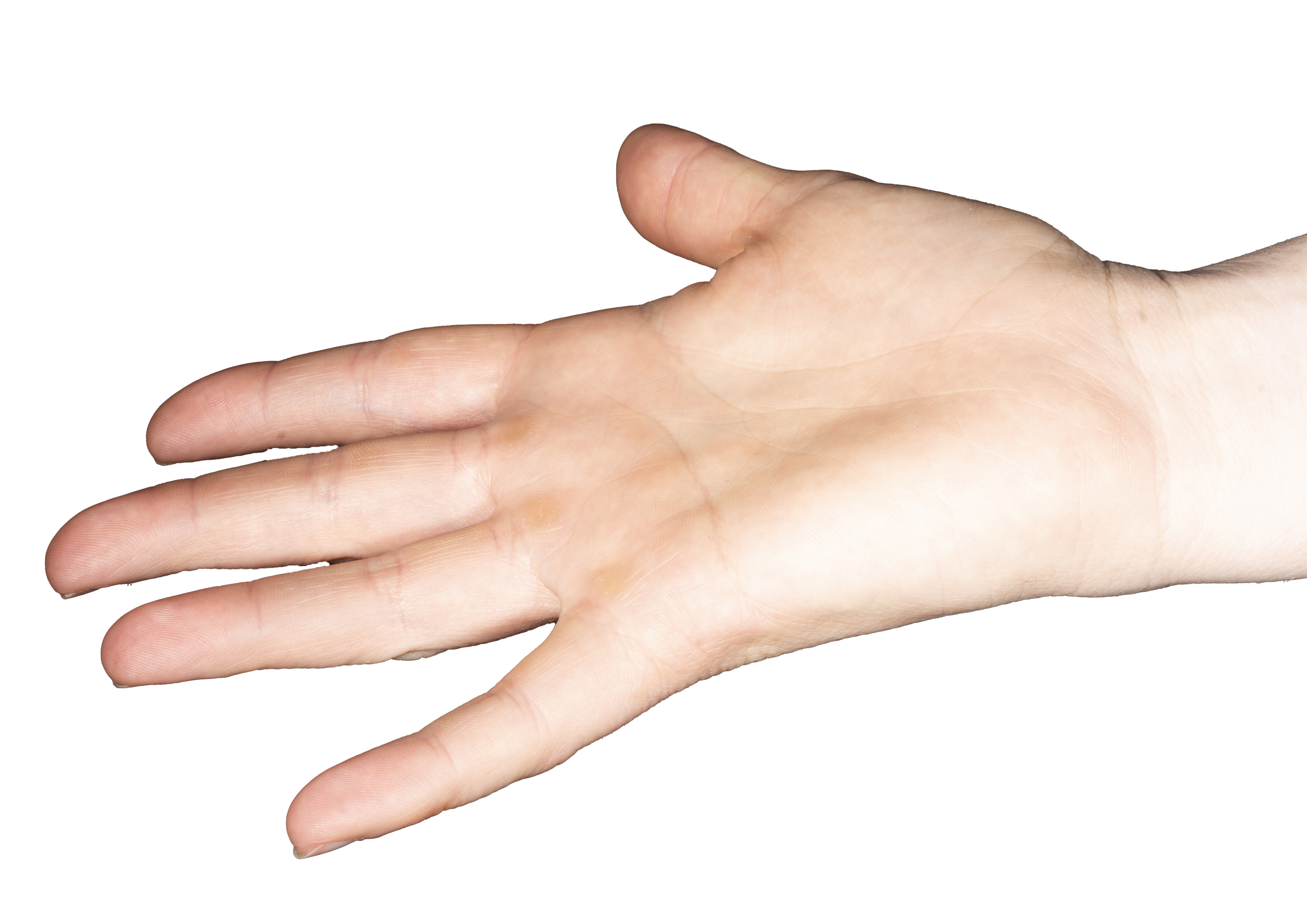 2. Try to touch each of your finger tips to the table.
2. Try to touch each of your finger tips to the table.
It is normal for these exercises to be uncomfortable, but they should not cause pain. If they do:
Try gentler / smaller movements, with less repetition. Build up slowly.
If your wound has healed fully and the dressings are off, you can do the exercises after warming your hand up in warm water or using a heat pack. This can help with pain and stiffness.
Will I have follow-up appointments?
You may not have many therapy sessions if you are doing well with your recovery. Your therapist will discuss this with you.
When can I drive again?
Most patients can start driving again two weeks after their surgery, when they start removing their splint in the day. However, this will depend on how well your wound is healing, and if you can perform an emergency stop and control your car safely. Please speak to your therapist or GP if you are unsure.
Further information
If you have any further questions, do not hesitate to ask your therapist.